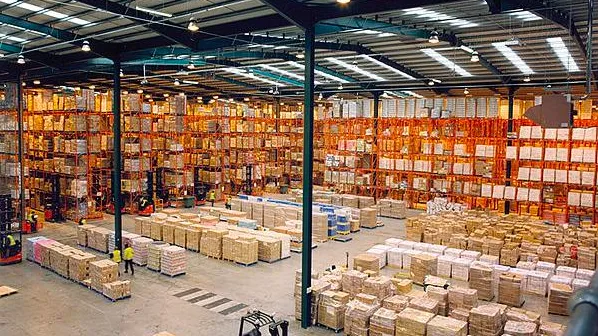
Thailand logistics records negative net absorption for the first time in five years
Net absorption was at -31,800sqm in H2 2023.
According to a Knight Frank report, in the second half of 2023, Thailand’s logistics property sector experienced a slowdown, evidenced by lower take-up rates and increased space vacated.
Net absorption, which is the net change in the market-wide occupied space, in H2 recorded a negative figure of 31,800 sq m, marking the first occurrence in the last five years. Consequently, the total occupied space decreased by 0.7% HoH to 4.81 million sq m.
Here’s more from Knight Frank:
While the sector saw a slight decline in leasing performance, certain industries, such as fast-moving consumer goods (FMCG) and motor vehicles, continued to be significant tenants that require ready-built facilities for their flexibility and quick setup. We also noted an expansion in E-commerce, although the demand for space has not increased as rapidly as in previous periods.
Regarding the origins of demand, Thai companies remain the most active in the warehouse market, driven by domestic consumption. They are followed by Japanese companies, which have a historically strong presence in Thailand's industrial sector. Chinese firms are ranked third and have observed a reduction in market share, primarily due to the country’s economic situation that has broadly affected firms across various industries.
The consistent upward trend in market occupancies halted during the second half of 2023, primarily due to a slowdown in demand for logistics properties, while new completions remained stable compared to the first half of 2023. This correction resulted in the overall occupancy rate dropping by 3.2 percentage points HoH to 84.4%, returning to the average level of the last five years.
In the BMR, a modest change was observed, with occupancy levels decreasing by 0.7 pts HoH. This region, well-known for its significant e-commerce sector presence — which had previously demonstrated rapid growth — experienced a steadier expansion in 2023. Nonetheless, it still holds the position of having the highest occupancy rate, at 90.6%.
Shifting focus to the EEC, the trend experienced a significant downturn, with a marked reduction of 6.9 pts HoH, bringing the occupancy rate down to 76.4%. This downturn is attributed to the region's reliance on exports and imports, sectors that are sensitive to the global economic climate. Challenges such as the crises in the Middle East and Ukraine have led to decreased demand and supply chain disruptions. Furthermore, during this period, the EEC introduced the largest amount of new supply in the country, accounting for over half of Thailand's new supply, which further exacerbated the challenges in the region.
Conversely, the Central region displayed an uptrend in its performance, driven by steady domestic consumption and a limited influx of new speculative warehouse space. The region demonstrated notable growth, with occupancy rates increasing by 0.6 pts HoH or 5.4 pts YoY, to reach 87.0%.
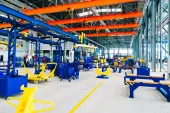
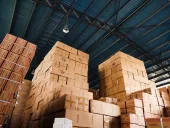

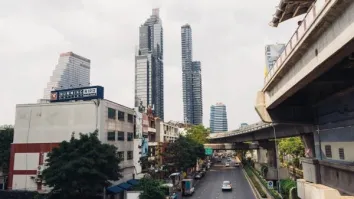

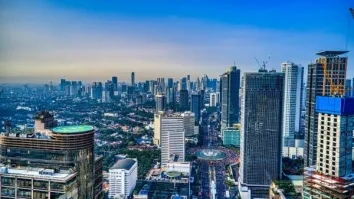

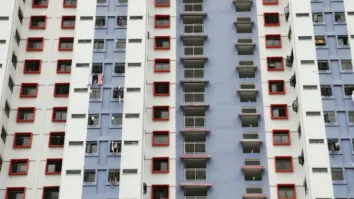





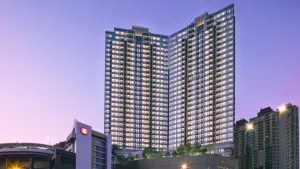


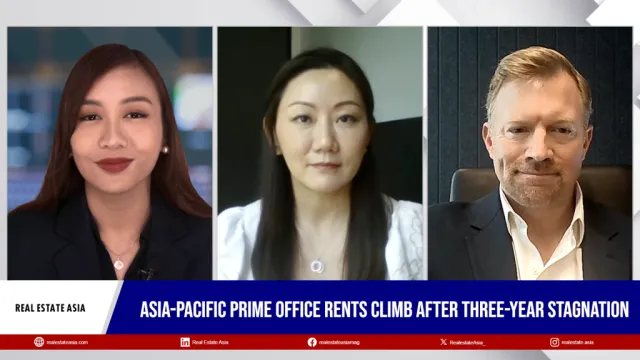

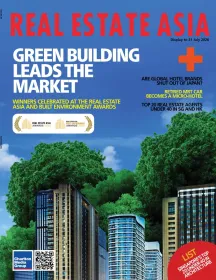
 Advertise
Advertise






